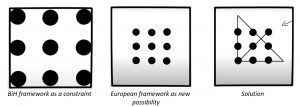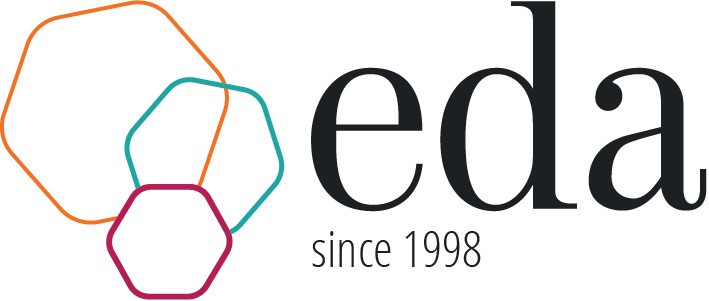What to do in a country with a complex administrative structure, such as Bosnia and Herzegovina, in situations where the jurisdictions for making certain policies are at the entity level, and in the process of joining the European Union there are requirements for a unified country-wide approach? What if, to make things worse, there is a lack of political willingness to establish effective joint coordination, or a coordination mechanism is in place that does not work?
If there is no foothold in the jurisdictions (no superiority at the state level), and coordination does not work (no readiness), then what is the way to achieve a sufficiently unified approach in terms of domestic policies in the process of accession to the European Union?
These are the key questions asked in the first part of the blog of the same name.
Based on many years of experience in working with different levels of government in BiH, we tend to offer policy harmonization as the least bad solution to achieve such an approach.
In the field of public policy, harmonization is understood as the way to make the governmental policies and other regulations of different jurisdictions (i.e. national, regional) similar, if not equal… Policy harmonization is a solution to problems arising from differences in policy/regulation between different political units. It is also seen as a way in which intergovernmental cooperation can be developed. This policy has been applied in regional organizations such as the European Union, and in countries with federal regimes.[1]
At first glance, it seems that by harmonizing policies, neither side loses (because no one takes away its competencies and imposes something that it would oppose) and that everyone can get some kind of added value, because there is inclusion, gradual convergence and alignment of a different starting point and perspective. By including a different starting point and a different perspective, one strengthens its own starting point and expands its own perspective. The changes taking place are broader in scope and applicability of the policies and instruments that are being developed.
We do not mean a simpler version of harmonization, in which one side harmonizes with the other, because here, unfortunately, it is a matter of political vanity and prestige – who should harmonize with whom. We mean a more complex aspect, indirect harmonization, where both sides align with the third, which is a kind of practical paradigm to which both aspire in the future.
To set aside harmonization for a moment as a key word that we recommend to achieve a sufficiently unified approach country-wide in certain policy areas and to address another word in the phrase: indirect harmonization. So, this is not the shortest, direct path, but an indirect, detour, oblique path.
Simple problems are solved directly, when we know exactly that our action will produce only the desired consequences. If we are not sure about this in advance, ie if there is a probability that unintended consequences may occur (and when solving complex problems it is only certain that there will be unintended consequences) then a direct approach is not recommended. Moreover, it is dangerous and extremely risky. Most often, after the application of such a “medicine”, the problem becomes even more difficult, more complicated, and the behavior of at least one of the parties involved becomes increasingly uncooperative and unpredictable. Misdiagnosis leads to wrong therapy. In the short term, improvement may occur only temporarily, as with many types of diets. In the long run, the situation worsens.
One of Britain’s leading economists, Sir John Kay, in his famous book “Obliquity” gives a lavish repertoire of reasons (why) and ways (how) to apply a different, indirect, oblique approach, which is much more convenient and effective in situations that are complex, heavy, intricate, contradictory. The main reason comes from the experience and practical value of this approach: in many spheres of life, from business to politics, from sports to science, and even parenting, our goals are best achieved when we approach them indirectly. This is the concept of obliquity.
Indirect harmonization in BiH means that mutual harmonization of policies between different political units, ie levels of government, occurs indirectly, by harmonization with a broader, European framework, which leads to mutual harmonization. If we use the analogy with the example of connecting nine dots with four straight lines, it means that we go beyond the framework of BiH and use the framework of the EU, so that this new, broader perspective provides us with new opportunities that we could not reach in the initial, internal perspective. Visually, it looks like this:

We will illustrate this approach with an example of strategies and laws related to small and medium enterprises (SMEs) in BiH. The first illustration (BiH framework as a constraint) symbolizes the stalemate that lasted from approximately 2010 to 2018-2019-2020 year, when the actual use of the Small Business Act (SBA) as a European framework to support SME development begins. This is the way to reach a solution within the project “SBA in BiH”, which we are implementing with the support of Sweden. The logo of the project clearly points to this creative approach to problem solving, which is the core of Eda’s way of thinking and acting.

In the following articles, there will be more talk about indirect harmonization, “top-down” and “bottom-up” harmonization, based on the latest experiences and examples from BiH.
[1] https://www.ippapublicpolicy.org/teaching-ressource/policy-harmonization/8








